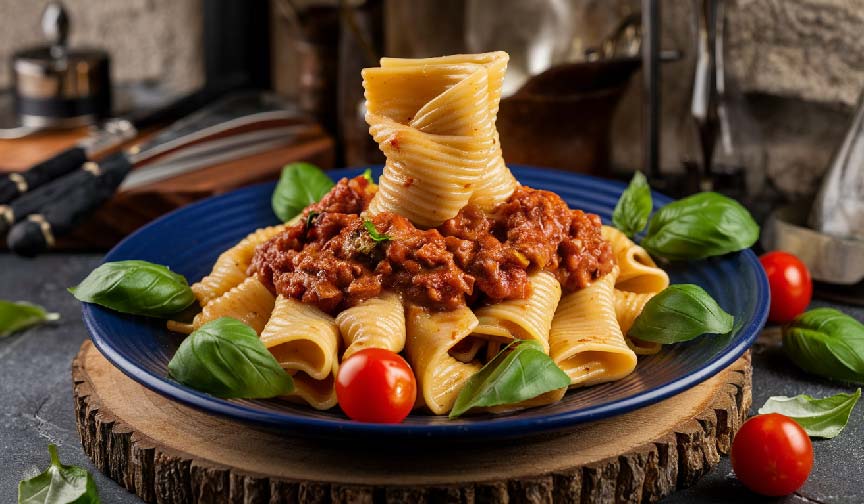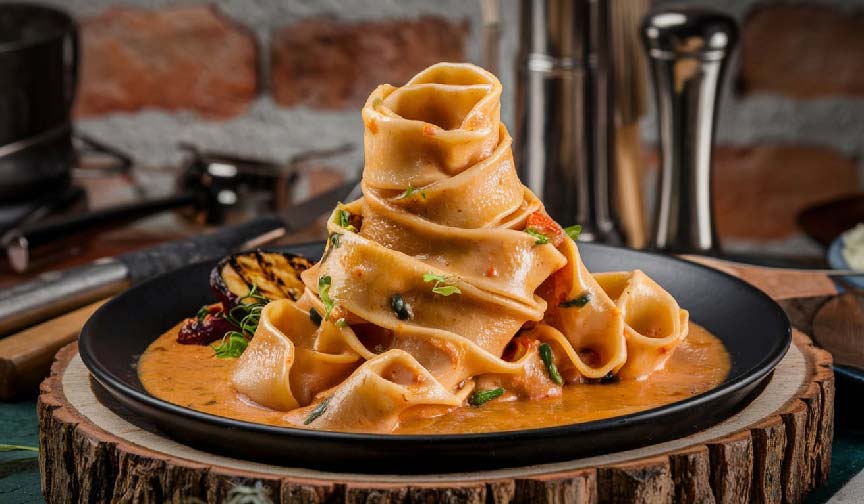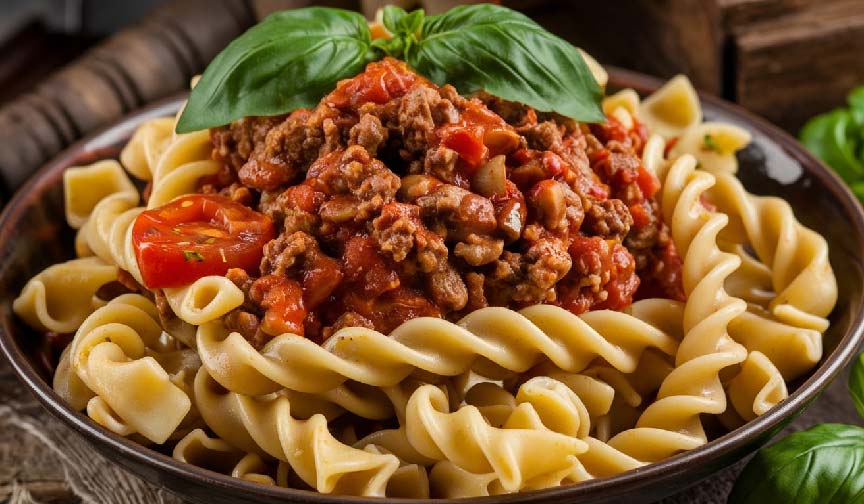Introduction
If you’re a pasta lover, you’ve probably encountered a variety of shapes and sizes. But have you ever heard of strozzapreti? This uniquely twisted pasta has an intriguing name, a fascinating history, and a delicious taste that makes it a favorite in Italian cuisine.
So, what makes strozzapreti special? Why does its name translate to “priest stranglers”? And how can you prepare it at home? Let’s dive into the world of this rustic, hand-rolled pasta that has stood the test of time.
Strozzapreti at a Glance
| Category | Details |
|---|---|
| Origin | Italy (Emilia-Romagna, Tuscany, Umbria) |
| Meaning | “Priest stranglers” |
| Main Ingredients | Flour, water, sometimes eggs |
| Traditional Use | Served with rich sauces like ragù, pesto, or seafood sauces |
| Texture | Slightly chewy, holds sauces well |
| Shape | Hand-rolled, twisted pasta strands |
| Cooking Time | 5-7 minutes |
| Best Sauces | Meat-based, tomato, cream, and seafood sauces |
| Difficulty Level | Easy to make at home |
| Popularity | Widely enjoyed in central and northern Italy |
The Curious Name: Why “Priest Stranglers”?

The name strozzapreti is both amusing and mysterious. According to one legend, priests in Italy loved this pasta so much that they would eat it too quickly and choke on it—hence, “priest stranglers.” Another theory suggests that during times of economic hardship, locals resented the clergy’s wealth and jokingly wished they would choke on their food.
Regardless of the true origin, one thing is clear: strozzapreti is a pasta that leaves a lasting impression!
How is Strozzapreti Made?
Unlike machine-made pasta, strozzapreti is traditionally handmade, giving it a rustic and imperfect appearance. Making it at home is simple and fun!
Ingredients:
- 2 cups all-purpose flour (or semolina flour for a firmer texture)
- 3/4 cup water
- A pinch of salt
Steps to Make Strozzapreti:
- Mix the dough: In a bowl, combine flour and salt. Gradually add water and knead until a firm dough forms.
- Rest the dough: Cover with a damp cloth and let it rest for 30 minutes.
- Roll and cut: Roll the dough into a thin sheet and cut into long strips, about half an inch wide.
- Twist by hand: Take each strip and twist it into a short, irregular shape by rolling it between your palms.
- Cook immediately or dry: Boil in salted water for 5-7 minutes or dry for later use.
Best Ways to Serve Strozzapreti

1. Classic Strozzapreti al Ragù
A traditional way to enjoy strozzapreti is with a rich meat sauce (ragù). The twisted shape helps trap the sauce, making every bite flavorful.
2. Strozzapreti with Pesto
For a fresh and vibrant dish, try strozzapreti with basil pesto, topped with parmesan and toasted pine nuts.
3. Seafood Strozzapreti
Pairing strozzapreti with clams, shrimp, or mussels in a white wine sauce brings out the best of Italian coastal flavors.
4. Strozzapreti with Creamy Mushroom Sauce
A hearty vegetarian option, creamy mushroom strozzapreti combines earthy mushrooms, garlic, and a touch of cream.
5. Spicy Strozzapreti Arrabbiata
Love some heat? Try strozzapreti in a spicy tomato sauce (arrabbiata) for a bold and zesty experience.
Fun Facts About Strozzapreti
- A Pasta of the People: Unlike egg-based pastas, strozzapreti is made without eggs, making it affordable and accessible to everyone.
- Regional Variations: Different regions in Italy have their own take on strozzapreti, sometimes adding eggs, cheese, or herbs.
- Pasta That Tells a Story: Many Italian pastas have fascinating names, but strozzapreti might just have the most dramatic one!
- Perfect for Beginners: If you’ve never made homemade pasta, strozzapreti is a great place to start because it’s simple and requires no special tools.
FAQs About Strozzapreti

1. What is the origin of strozzapreti?
Strozzapreti originates from central and northern Italy, particularly in Emilia-Romagna, Tuscany, and Umbria. It has been a cherished tradition in Italian kitchens for generations.
The twisted shape helps the pasta hold sauces better, making every bite more flavorful. It also gives the pasta a satisfying chewy texture.
3. Can I make strozzapreti without a pasta machine?
Yes! Strozzapreti is traditionally hand-rolled, so you don’t need any special equipment—just your hands and a rolling pin.
4. What is the best sauce for strozzapreti?
Strozzapreti pairs well with hearty ragùs, creamy sauces, pesto, and seafood-based dishes. Its twisted shape holds thick and rich sauces exceptionally well.
5. Is strozzapreti gluten-free?
Traditional strozzapreti is made with wheat flour, but you can use gluten-free flour to make an alternative version.
Conclusion
Strozzapreti is more than just pasta—it’s a piece of Italian history, a testament to traditional cooking, and a delicious dish that anyone can enjoy. Whether you buy it from a store or make it from scratch, this hand-rolled pasta is sure to impress your taste buds.
So, why not bring a taste of Italy to your kitchen and try making strozzapreti at home? You never know—this might just become your new go-to pasta!










